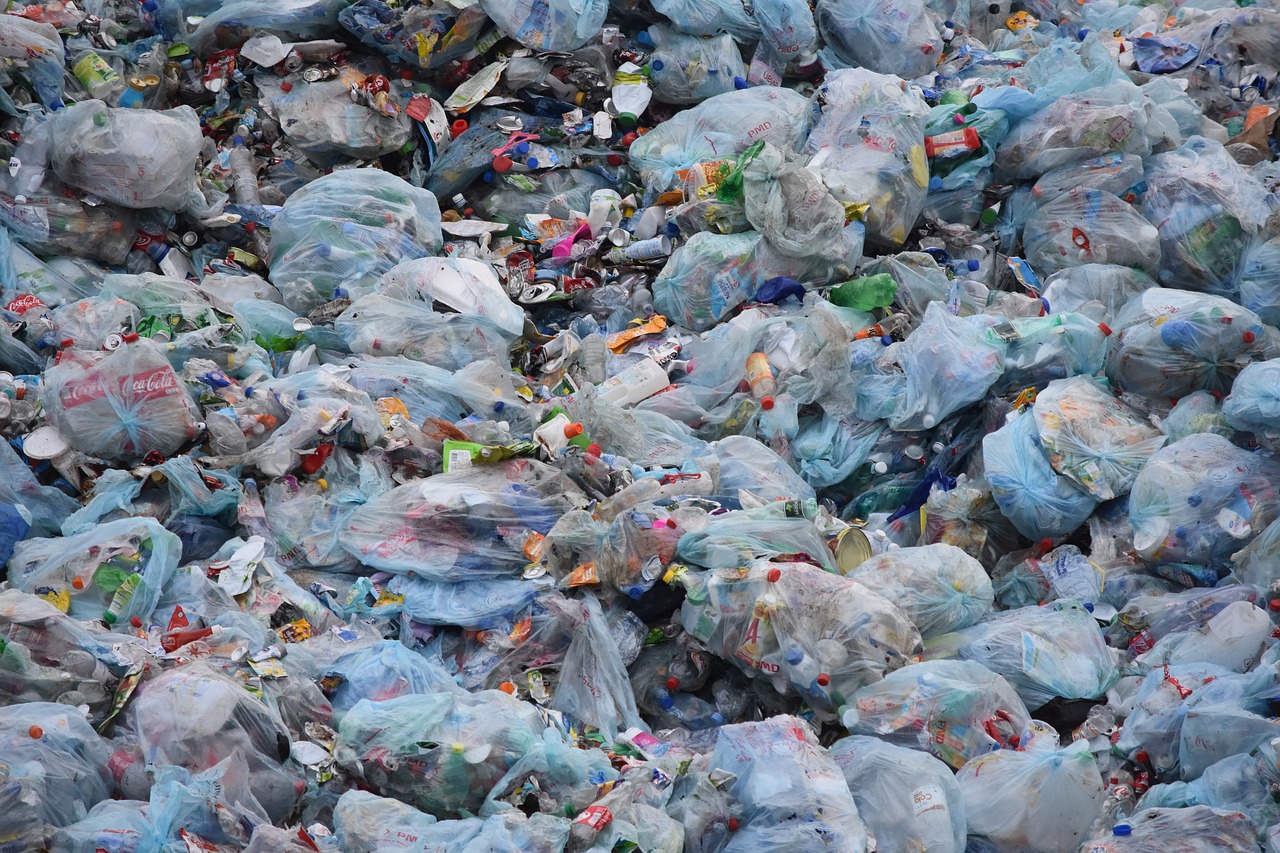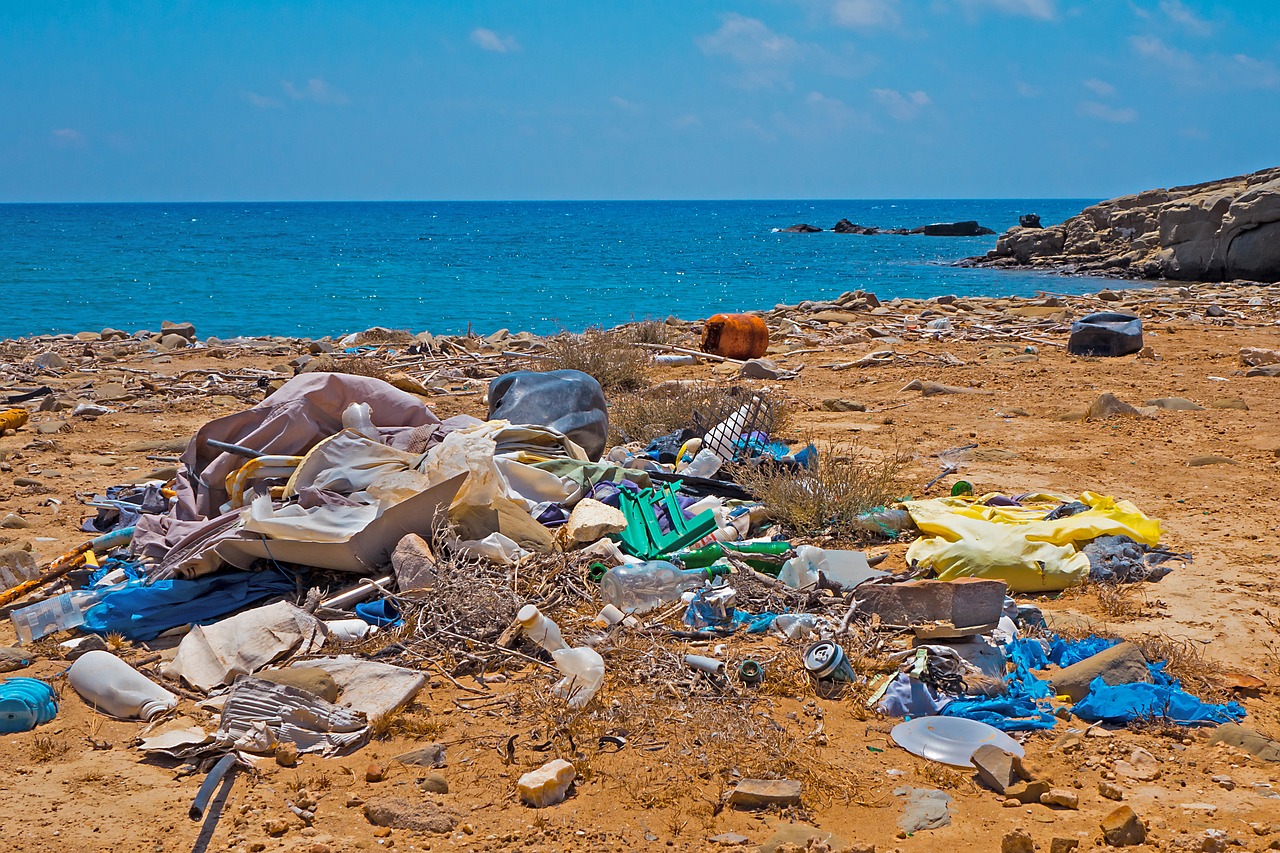
- Sustainable Planet -
- 5mins -
- 833 views
9 reasons to refuse single-use plastic + 9 tips for living with less of it
We need a massive shift in our collective behaviour and we all have the power to make change when we own our actions and their consequences.
Why we should refuse single-use plastic and how to live with less if it
Single use plastic is everywhere. In a matter of decades we have become addicted to the convenience of single use plastic. But we cannot escape the consequences of throwing away vast quantities of a material that takes hundreds of years to break down. Here are 9 reason why we should refuse it, and 9 ways to be less reliant on it.
Why we should all be refusing single-use disposable plastic
Fossil fuels take millions of years to form, then they are mined and manufactured into single-use plastic items, and shipped to where they are needed (each stage bringing its own environmental impacts) simply to be used for a couple of minutes before being discarded.
What happens to it after we throw it away? What are the other consequences?
1. Plastic is made from fossil fuels: According to the US Energy Information Administration, “plastics are made from liquid petroleum gases (LPG), natural gas liquids (NGL), and natural gas. LPG are by-products of petroleum refining, and NGL are removed from natural gas before it enters transmission pipelines.” In 2010, about 191 million barrels of LPG and NGL and 412 billion cubic feet (Bcf) of natural gas were used in just the United States to make plastic products.
2. It leaves a huge carbon footprint: The Pacific Institute, a nonprofit research organisation, estimates that the energy used in the production and use of plastic bottles is equivalent to filling the bottles one-quarter full with oil. Processing plastic resins and transporting plastic bottles contribute to a bottle’s carbon footprint in a major way. Estimates show that one 500-milliliter (0.53 quarts) plastic bottle of water has a total carbon footprint equal to 82.8 grams (about 3 ounces) of carbon dioxide.
3. It will still be here in hundreds of years: According to estimates, every year we use approximately 1.6 million barrels of oil just for producing plastic water bottles. Plastic waste is one of many types of wastes that take too long to decompose. Normally, plastic items can take up to 1000 years to decompose in landfills. But plastic bags we use in our everyday life take 10-1000 years to decompose, while plastic bottles can take 450 years or more.
4. Only a tiny percentage of plastic is recycled: Just 9% of the all plastic ever made has been recycled. Plastic production began just 60 years ago, but since that time, more than 8.3 billion metric tons have been used. Yet a recent study at the University of California, Santa Barbara estimates that only 9% of all the plastic we’ve ever created has been recycled. The study found that 12% had been incinerated, while a whopping 79% (or 6.3 billion tons of plastic) has either accidentally, carelessly, or purposefully been tossed in landfills and the natural environment.
5. It leaches toxins into food and drink: Most of our food containers — from bottles to the linings in aluminium cans to plastic wraps and salad bins — are made using polycarbonate plastics, some of which have bioactive chemicals, like bisphenol A (BPA) and phthalates. These man-made chemicals can leach from the containers or wrappings into the food and drinks they’re holding — especially when they’re heated. Research released earlier this year found that more than 90% of bottled water from the world’s leading brands was contaminated with microplastics, sparking a review of plastics in drinking water by the World Health Organisation.
Continued below…
Source: LessPlastic.co.uk

9 reasons to refuse disposable single-use plastic continued
6. It causes hormone disruptions and cancers: Depending on where you live and work, you’re likely to be exposed to many plastic products every day. Food and beverage containers, some disposable plates, and toiletry bottles are all plastic and all are made from chemicals. Research suggests that all plastics may leach chemicals if they’re scratched or heated. Research also strongly suggests that at certain exposure levels, some of the chemicals in these products, such as bisphenol A (BPA), may cause cancer in people. BPA is a weak synthetic estrogen found in many rigid plastic products, food and formula can linings, and dental sealants. Its estrogen-like activity makes it a hormone disruptor, like many other chemicals in plastics. Hormone disruptors can affect how estrogen and other hormones act in the body, by blocking them or mimicking them, which throws off the body’s hormonal balance. Because estrogen can make hormone-receptor-positive breast cancer develop and grow, many women choose to limit their exposure to these chemicals that can act like estrogen.
7. It pollutes our oceans: A recent study found that the amount of plastic waste entering the ocean from land each year exceeds 4.8 million tons (Mt), and may be as high as 12.7 Mt The quantities of plastic entering the ocean are growing rapidly with the potential for cumulative inputs of plastic waste into the ocean as high as 250 Mt by 2025. Discharges of plastic are spread around the globe from the 192 countries with coastal borders, but 20 countries account for 83% of the mismanaged plastic waste available to enter the ocean.
8. Plastic kills marine animals and birds: Throughout the world, around one million seabirds and 100,000 marine mammals are killed every year by plastics, either entangled and strangled or choked and starved. Plastic bags can spend their lifetimes floating in our oceans causing harm to wildlife. Yet people use billions of plastic bags each year at the checkout. When plastics (and so called ‘biodegradable’ plastic bags) do break down, they simply break into smaller pieces of plastic. This makes it easier for turtles, seabirds and fish to mistake them for food and fill their stomachs with indigestible waste, which slowly starves them.
9. Plastic enters our food chain: We know that fish, and even zooplankton – some of the smallest creatures on earth – are eating more and more plastic every year. And while you wouldn’t choose to eat plastic soaked in hazardous chemicals, there’s a real danger that you are eating fish and seafood contaminated by their plastic meals. Plastics, once in the ocean, are known to absorb a range of hazardous chemicals. Over time, toxins accumulate onto floating and drifting fragmented plastic debris, and are eventually ingested by marine life. We don’t know whether these pollutants are being passed up the food chain to us humans, but it’s likely that they are an increasing risk to human health. Further investigation is needed into the toxic risks of plastics in our seafood, and we need to keep plastic out of our oceans – for the safety of our fish, marine life, and ultimately our own lives.
9 TIPS FOR LIVING WITH LESS PLASTIC, BELOW…

9 tips for living with less plastic
It’s time to reassess our obsession with convenience, and prioritise sustainable choices that respect our planet. Here are 9 tips for living with less plastic:
1. Bring your own reusable shopping bag
2. Carry a reusable water bottle
3. Bring your own cup
4. Pack your lunch in reusable containers
5. Say no to disposable straws and cutlery
6. Avoid plastic produce bags
7. Slow down and dine in
8. Store leftovers in glass jars
9. Share these tips with your friends

